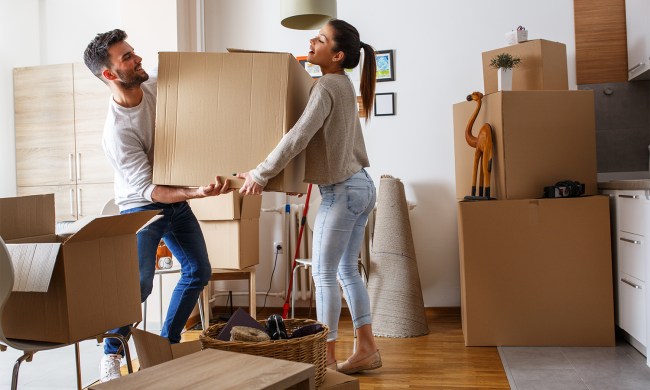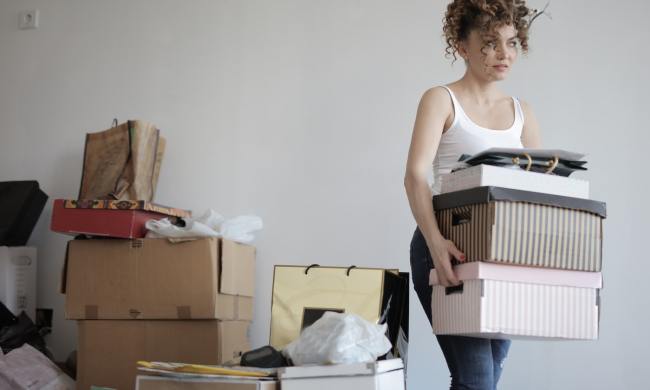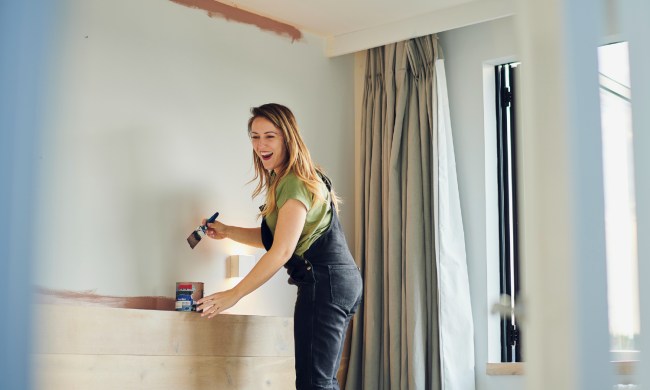Memories fade, but photographs are forever. Okay, that’s a little cliché, but it’s true. Photographs document the special people and events in your life, capturing the small moments that spark stories, lively conversation, and bittersweet nostalgia. Further, they also allow future generations to connect with family from the past.
Whether they’re printed or digital, it can be quite easy for photographs to get lost. Making sure you have an organization system for your valuable memories is crucial to keeping them safe and accessible for those days you want to take a walk down memory lane.
Let’s get started and dive into some of the best ways to store those precious memories.
 Photo organization system for digital photos
Photo organization system for digital photos
One of the best — and worst — parts of having a camera built into your phone is that you can take pictures anytime you want. Unfortunately, this often results in having hundreds or even thousands of random pictures saved to your phone. Short of hitting ‘delete all’ and starting from scratch, how can you manage it all?
First, the purge…
Go through your photos and delete the duplicates then eliminate any poorly lit, blurry, and just plain bad photos. Keep in mind that you know your photos better than anyone, so if that blurry photo actually holds a great memory, feel free to keep it.
A place for everything
Once you’ve purged what isn’t needed, it’s time to organize. Create photo albums or folders on your phone and designate a spot for every type of photo. You can categorize by specific people, special events, or location, to name a few. This will make it much easier to find the photos you want to show someone since you won’t need to scroll through your entire collection.
Creating better digital photo habits
Now that you’ve purged and organized, establish a consistent routine (once a week, perhaps) of reviewing recent additions to your photostream and keeping only the important snaps.
Remember that phones are finicky devices, so be sure to back up your photos to an external storage device or to the cloud. This frees up space on your phone and ensures that a broken device doesn’t mean lost photos.
Last, digital photos are very convenient but quite easy to accidentally delete. Stay on the safer side and order prints of your favorite photos so you always have a hard copy backup.
 Organizing your prints
Organizing your prints
Shoeboxes stuffed with old photos are a staple in many homes. It’s time to remove all of those buried photos from closets and drawers and display them where they can be enjoyed. While it’s a time-intensive task, just a few hours of sifting through old photos can actually organize years’ worth of photos.
First step… sorting!
This is the part that is going to take the most time, but once it’s done the rest is pretty easy.
Follow the same process you would with digital snaps and go through all your photos, categorize them, and throw away the unnecessary ones. Using the Marie Kondo approach, keep only the photos that spark joy, and if that includes a blurry picture or two, so be it.
Don’t let all of your hard work go to waste by forgetting where you left off or which boxes hold which categories. Keep everything properly labeled and add tabbed dividers to make identifying subcategories much easier.
Before entering your photos into their new permanent storage home, we recommend writing on the back of prints to identify who is pictured and the context surrounding the photograph. Use a soft lead pencil to document information — hard lead pencils can leave an indentation on the front side of the photo. Most importantly, place the photo face down on a clean, dry surface and write with light pressure.
Uniform storage solutions
Invest in matching photo albums or photo storage boxes, especially if they’ll be on display. While the design is important, the storage should protect your photographs as well. Always look for the term ‘archival safe’ or acid-free when selecting albums. Over time, contact with album pages that contain chemicals including acid, lignin, or PVC can hasten the deterioration process of photos.
Photo safety tips to keep in mind
- To prevent damage, keep photos in a consistent, controlled climate, ideally in moderate temperates (between 65 and 70 degrees Fahrenheit) with humidity levels around 50 percent. Do your pics a favor and keep your albums out of hot attics or damp basements.
- Overexposure to sunlight causes photographs to fade, so make sure your displays don’t spend too long in direct sunlight.
- Even if your hands don’t look dirty, your fingertips contain dirt and oils that can damage photos. When handling photos, touch only the sides or use white cotton gloves to prevent deterioration.
Spend some time this weekend walking down memory lane and sorting your photographs to keep those heartwarming memories safe and accessible. From now on, those precious moments will never be out of reach.
 Photo organization system for digital photos
Photo organization system for digital photos Organizing your prints
Organizing your prints


